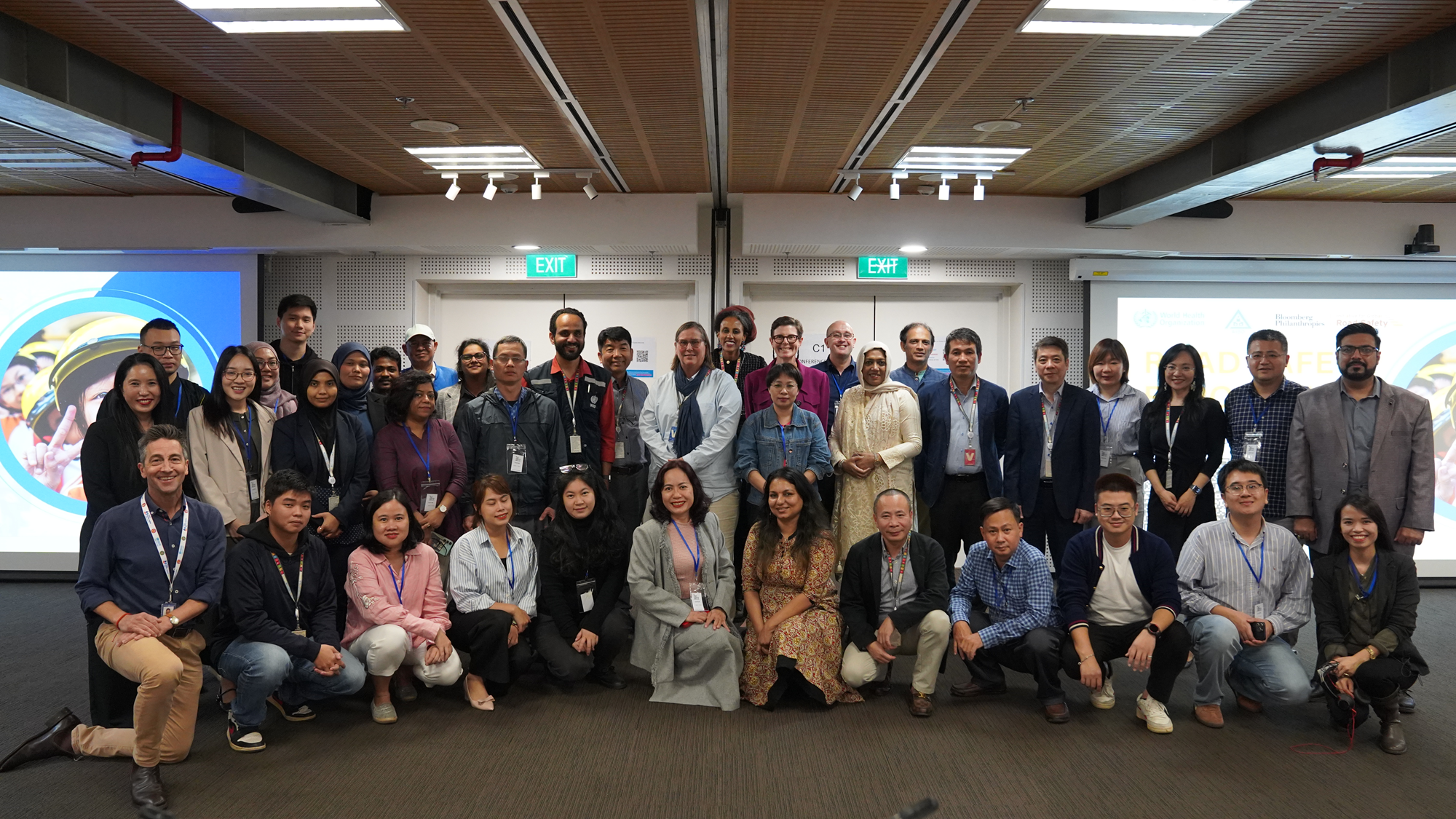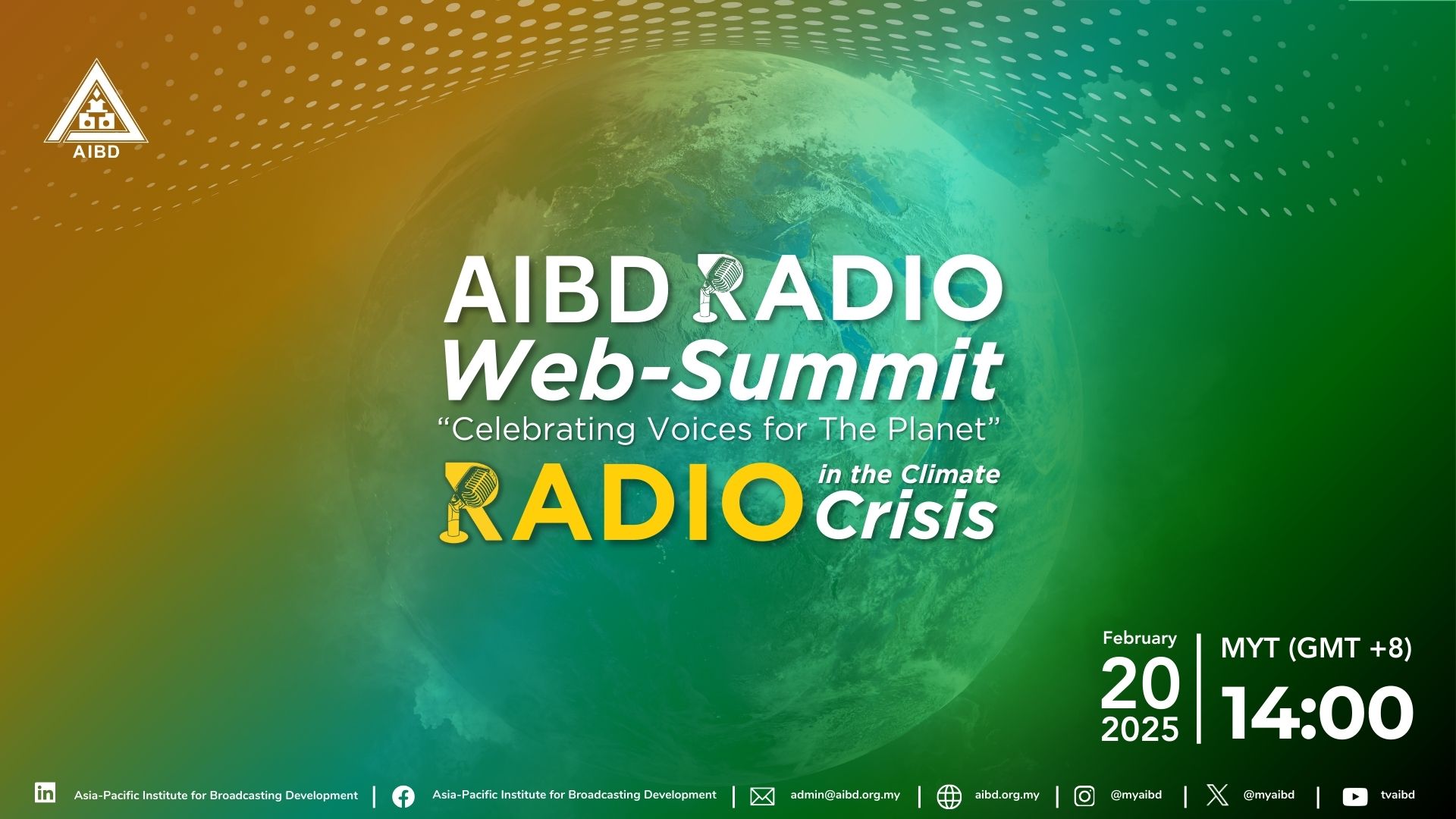Benefits of ISDBT
Mr. Masanori Kondo, Director of International Economic Affairs Division, Global ICT Strategy Bureau of the Ministry of Internal Affairs and Communications, Japan, has cited the numerous advantages of using the ISDBT standard in digital broadcasting that will enable TV companies and other stakeholders to fully maximize the benefits of the digital era.
Mr. Masanori Kondo, Director of International Economic Affairs Division, Global ICT Strategy Bureau of the Ministry of Internal Affairs and Communications, Japan, has cited the numerous advantages of using the ISDBT standard in digital broadcasting that will enable TV companies and other stakeholders to fully maximize the benefits of the digital era.
Speaking at the ITU-AIBD-ABU Regional Workshop on Digital Broadcasting: Opportunities, Business and Challenges today in Bangkok, Mr. Kondo said ISDBT could broadcast for both fix TV and mobile using one transmitter, enabling companies to achieve efficient investment and tap new business models. DVB-T2 standard, on the other hand, will need two transmitters to broadcast for fix and mobile.
In disaster management, Mr. Kondo said mobile services using this standard are most useful, enabling the broadcaster to provide information for all, in times of emergency and need. He said ISDBT has the EWBS function that allows automatic switching on mechanism of the TV set useful in times of disaster.
This Japanese standard can also provide data broadcasting covering content like sports, health, education and the weather, he said.
Japan is the first country to successfully complete the Analogue Switch Off (ASO). Its standard has been adopted in 13 countries including Costa Rica, the Philippines and all countries in South America except Columbia. He said they are working in Africa to present the ISDBT platform.




